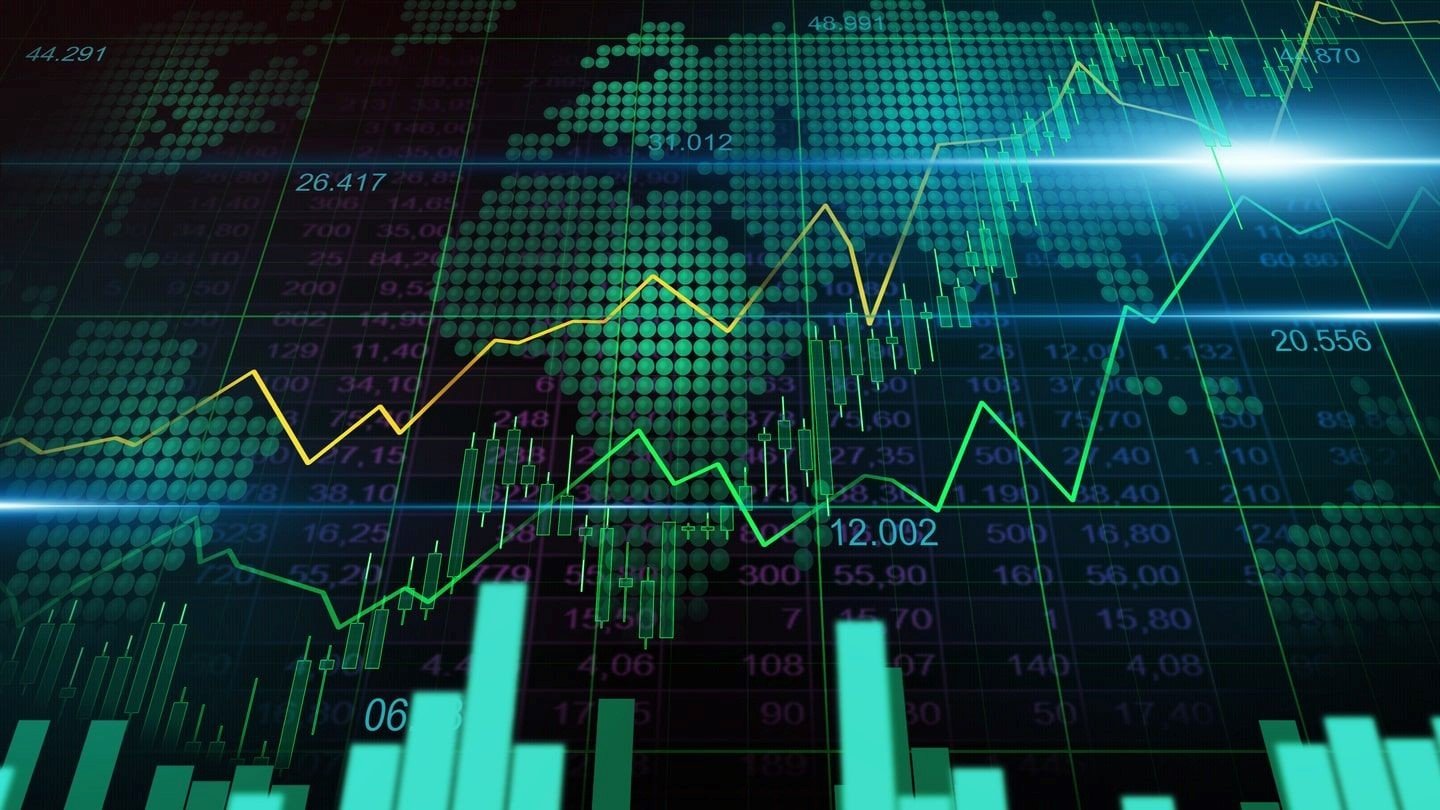The Role of Technical Analysis in Forex Trading
Technological analysis is one of the most significant tools used in the Forex trading market. It’s a trading approach through which one can forecast future price trends by analyzing past and present data and characteristics. Although the forex market is big and contains many fluctuations caused by many aspects, technical analysis systematically directs the decision-making process. This technique creates traders who emphasize charts and patterns to make good trading decisions. Knowledge of how technical analysis works is crucial in improving the chances of succeeding in Forex trade.
What is Technical Analysis?
Technical analysis is the analysis of prices and volumes, aiming to divine the future behavior of prices. This entails analyzing charts, patterns, and statistics to look for trade opportunities. Whereas fundamental analysis covers all the economic parameters and data, technical analysis only covers the stock price and market trends. Making these predictions involves using indicators, including trading moving averages, trendlines, supports and resistances, and indicators.

In the Forex market and any other market, technical analysis provides those who operate in the market with a possible direction that prices could take next. Based on past market performances, traders can devise techniques for current market performance.
Key Components of Technical Analysis
Several elements form the basis for technical analysis of the Forex market. These include price action and the analysis of the price chart to identify trends and breakouts. Trendlines are another market factor that tells traders the market trend.
Parity levels are also well-known and familiar among traders, where a particular level has proved difficult for prices to break through. These levels can be psychological traders and be used as entry and exit indicators. The trader uses other schemes for technical analysis, including the moving average and the relative strength index or the RSI.
The Importance of Charts in Forex Trading
The core of technical analysis is charts. Forex traders use charts in their mechanized trading to display relative prices and predict future changes. In trading Forex, there are three common chart forms: line chart, bar chart, and candlestick chart. Different chart types are appropriate for analyzing price data in various ways and are helpful to trading strategies.
Apart from the line chart, Forex traders like the candlestick chart because it is detailed and indicates price movements in a given time frame. Such charts also make it easier to distinguish the prices at which the stocks opened, reached the highest and lowest points, and finally closed.
Understanding Trendlines
Trendlines are among the most basic and crucial objects in technical analysis. They determine whether the market is going up or down or moving horizontally. By connecting the highs or lows of fluctuations in the prices of the particular commodity of interest, traders can identify whether the market is soaring in a specific direction.
In an uptrend, prices maintain higher tops and higher bottoms, while in a downtrend, they keep reaching lower and lower bottoms. By identifying such trends in the early days, a trader will stand a better chance of making profitable trades.
The Role of Support and Resistance Levels
In the context of technical analysis, support and resistance are indispensable ideas. Supports are price levels that are believed to act as demand, preventing a subsequent downtrend, and resistance is a price level that is thought to put pressure on numerous buyers and thus become selling pressure, thwarting a subsequent uptrend. These levels are pivot points that the price can only easily overcome.
Support and resistance levels are essential tools traders employ to assess the likely points of entry or exit from a trade. When a price gets close to a support level, this may be a ‘buy’ signal, and when a price is near a resistance level, this will be a ‘sell’ signal.
Technical Indicators in Forex Trading
The technicals consist of moving averages, Bollinger bands, and any mathematical work calculated from the price, volume, or open interest chart data. They are employed in analyzing market trends and other indicators of potential changes in their direction. Trend indicators: Trend indicators separate a security’s current price from its moving average to show its trend.
For example, we have moving averages, trends that average the price data to give the market direction. Most oscillators, like the RSI, assist the trader in identifying when a given currency pair has been overbought or oversold—a situation likely to reverse.
The Moving Average
The moving average is one of the most popular technical indicators in foreign exchange trading, and it has been explained in detail above. This approach computes the average value of a currency pair in a given time frame and abolishes price oscillations, which makes it easier to define a trend.
MAs have two broad classifications: the simple moving average (SMA) and the exponential moving average (EMA). This particular technical indicator emphasizes the latest rates, making it more reactive. Traders can also use moving averages to support other indicators and trends.
Relative Strength Index (RSI)
The Relative Strength Index (RSI) has been selected because it efficiently measures the velocity of price changes. It is applied to determine whether a market is overbought or oversold. The RSI is expressed on a scale of 0 to 100, though what is considered overbought is generally above 70, while oversold is anything below 30.
Traders use this over-purchase to evaluate when the market is about to reverse. Whenever the RSI is stressed to the lowest or the highest level, it indicates a moment for the market to correct.
Bollinger Bands
Bollinger Bands are volatility indicators. They include a moving average and two standard deviations above and below this line. The bands fluctuate due to market volatility. The slimmest bands depict low volatility, and segmented/broad bands depict high fluctuations in the shares.
Traders use Bollinger Bands to try to find probable breakouts and dynamic reversals. When the price hits or goes outside the Bollinger Bands, it could be a sign that the market is about to turn.
Combining Multiple Indicators
It is worth noting that many successful Forex traders use several technical indicators to maximize their likelihood of hitting profitable positions. Traders can apply several indicators simultaneously to ensure an accurate picture and reduce the possibility of misinterpretation.
For instance, moving averages can be used to establish the overall trend, RSI on overbought/oversold signals, and Bollinger Bands as a measure of volatility. Integrating these tools enables traders to form better market strategies.
Technical Analysis vs. Fundamental Analysis
While technical analysis relies on charting price flows and determining the probability that prices have changed repeatedly, fundamental analysis centers on market sentiment and economic factors. Each has advantages, so many Forex traders use both in developing their trading strategies.
Fundamental analysis assists the trader in understanding the main reasons why prices are moving in a particular way. In contrast, technical analysis offers the trader a way of entering and exiting the market. When both approaches are combined, traders gain better insights into the market and thus make better decisions.
Is Technical Analysis Right for You?
Technical knowledge is crucial for operations in Forex, but it does not represent the sole way of trading. Technical analysis may or may not depend on your preference for trading style, objectives, and your attitude to risk. A more scientific approach that favors the trader’s trading style is more likely to rely on technical analysis as a means of forecasting prices.
As such, technical analysis will offer a systematic way of approaching the Forex market, depending on whether you enjoy studying charts, patterns, and indicators. Nevertheless, it is crucial to comprehend the primary concept that any trading strategy does not guarantee 100 percent success, and technical analysis must be applied combined with good money management.
Conclusion
Technical analysis is one of the central components of Forex trading as it supplies traders with all the necessary means and tools for analyzing the market and making the right decision. Technical analysis will always involve charts, trendlines, support and resistance levels, and indicators that traders or investors need to understand to create an apt strategy they can use in trading on the already volatile Forex market. On its own or in conjunction with basics, technical analysis provides a systematic way of making a stock price forecast, and thus, trading can be improved. In conclusion, comprehension of technical analysis is one of the most tiresome exercises that require practice, adequate patience, and a broader understanding of the instruments at your disposal.



